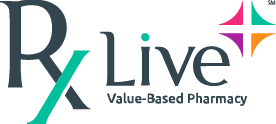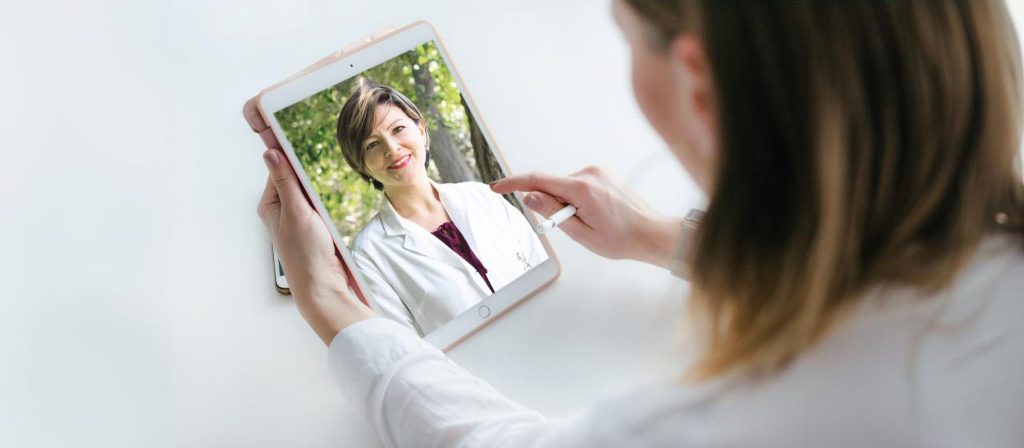Today’s pharmacists are burning out. And they need help to meet the growing demand for their services. Fortunately there’s a proven solution.
Enter technology-powered pharmacy.
In this blog, we’ll look at the scope of this time-consumption problem for pharmacists and at how a technology-powered pharmacy function provides more targeted care more efficiently.
Pharmacists are bogged down by legacy systems and processes
In the midst of a provider shortage, pharmacists are an increasingly valuable and unique asset within the healthcare system. But this provider shortage isn’t limited to doctors or nurses. Pharmacists, too, experience the same level of burnout as their colleagues. And that’s largely because, across healthcare, everyone’s time is stretched thin.
In a traditional, brick-and-mortar pharmacy, a pharmacist faces a flood of different tasks, from prescription refills to vaccinations to empanelment processes that create backlogs and scheduling bloat.
These all contribute to inefficiencies that frequently lead to pharmacists spending just 50 percent of their time on clinical execution. Put differently, this means pharmacists often hold just one consult per hour – the average consult lasts 30 minutes.
So we’re faced with a question: how can pharmacists optimize their time and increase the impactability of their care?
The answer: by virtualizing the pharmacy experience. This virtualization involves leaning on tools like personalized telehealth services and RxLive.ai, which ingests, tracks, and runs analytics on multiple direct data sources – plus an organization’s EHR data to offer insights and guide treatment.
Below, we’ll unpack how a virtualized experience saves time for frontline pharmacists and Chief Pharmacy Officers (CPOs) while boosting health outcomes for patients.
A technology-powered pharmacy function helps CPOs focus their time and resources
CPOs oversee a slew of different tasks, from budget planning to reporting to protocol development. Though unique, each of these tasks requires the same thing – a great deal of visibility.
Let’s say a CPO has 15 different clinics spread across an entire state. Each clinic needs its own pharmacists. But how many is the right number? Certain locations might get more traffic than others. Certain pharmacists might have more experience than others. This variation makes it difficult for CPOs to implement and standardize time-saving strategies that benefit every clinical pharmacy team.
What do CPOs frequently do to gain clarity? Hire additional FTE to aggregate the relevant data points from each of the clinics. But that, in itself, is expensive and time-consuming. And when faced with the task of proving a pharmacy’s relative worth, CPOs often want greater visibility into their care models’ successes. In other words, they want a way to easily see the numbers themselves.
CPOs can do this with the right technology – like RxLive’s platform. Just the click of a button leads CPOs to a dashboard filled with insights about the efficacy of their various strategies.
The time and resources that CPOs save by easily accessing this data, in turn, lead to greater positive impacts down the road. Maybe the time savings make it easier for CPOs to pilot a specialty pharmacy strategy, layer in biosimilar cost reduction measures, or campaign for more resources.
The central idea? More time means more opportunities to increase the impactability of care.
Technology-powered pharmacists deliver more efficient, higher-quality care
If pharmacists spend 50 percent of their day on clinical execution, how do they spend the other 50 percent? Many AmCare and Pop Health pharmacists use this remaining time to call patients, research medication interactions, and manage patient lists from payers.
These duties are necessary for preparing and delivering quality care and driving as much value out of consults as possible. But in the face of telehealth pharmacy and predictive treatment platforms, they’re often inefficient and bloat a pharmacist’s already packed schedule.
Telehealth consults, for instance, eliminate the need for pharmacists to prepare rooms or deal with commute-induced lateness from their patients.
It also supports proactive engagement instead of the traditional reactive or referral based-models. In proactive models, efficiency in patient selection streamlines pharmacist intervention to the highest risk and highest impact for intervention.
This telehealth portion represents just a fraction of the time savings pharmacists can achieve, and physicians can benefit from, with the right technology. RxLive saves time and optimizes the delivery of care by…
- Processing patient enrollment and activation for pharmacists. This clears blocks of time from a pharmacist’s schedule that they can fill with patient consults.
- Increasing the impactability of client consults. If you’re a pharmacist, it’s one thing to have patient enrollment and affiliated workflow management done for you. It’s another to know you’re consulting with patients you can demonstrably impact. That’s what RxLive’s predictive modeling does. It enables pharmacists to meet with patients that can benefit most from a consultation, which drives down the aggregate rate of hospitalization.
Complete data sets equip pharmacists with all the information they need to create a care plan or medication regimen that reduces hospitalization risk for a patient. But if you’re a pharmacist, creating those complete data sets on your own, for every patient you see, is an impossible task. With RxLive, it’s one you don’t have to complete anymore. You can focus more of your time on the reason you joined this profession – to directly help people.
For an overstretched healthcare system, impactability is key
Navigating hurdles is part of a pharmacist’s job. But this navigation – whether it’s identifying comorbidities, waiting for patients to arrive at a clinic, or seeking out biosimilars in response to financial hardship – is much harder when pharmacists don’t have the data they need.
RxLive’s platform gives pharmacists this data. Because of this, pharmacists can make the greatest positive impact with their care while saving energy and resources. And with a provider shortage that shows no signs of changing course any time soon, this efficiency doesn’t just save time; it saves lives.
Note: if you haven’t read about the time savings that technology-enabled pharmacists offer physicians, give this accompanying blog a look.And if you’re interested in learning more about the benefits of leveraging pharmacists’ expertise, reach out to us here.




